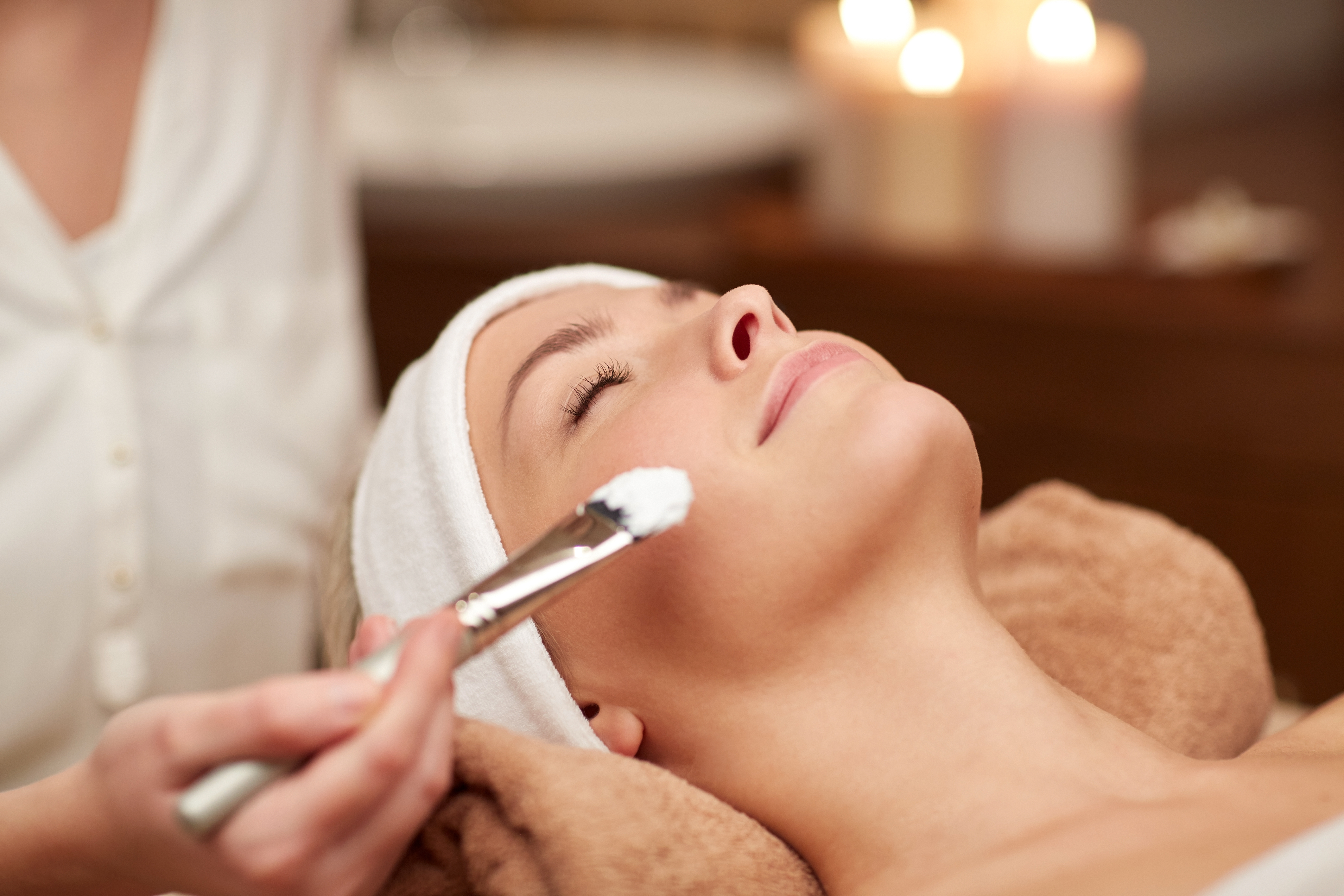All About Skin: Structure, Functions, and Care
The skin, as the largest organ of the body, plays a crucial role in protecting against external factors and maintaining internal health. Human skin is composed of three main layers: the epidermis, dermis, and hypodermis, each serving its own specific functions.
Structure of the Skin
1. Epidermis: The outermost layer of the skin, responsible for protecting the body from bacteria, chemicals, and UV radiation. It contains dead skin cells that are constantly shed and replaced by new ones.
2. Dermis: Located beneath the epidermis, the dermis contains essential structures such as hair follicles, sweat glands, and sensory receptors. It also holds collagen and elastin, which keep the skin firm and elastic.
3. Hypodermis: This deeper layer is made mostly of fat, serving as insulation and cushioning for the body.
Functions of the Skin
The skin not only protects the body from environmental hazards but also performs other vital functions:
- Temperature Regulation: Sweat glands and blood circulation in the skin help regulate body temperature.
- Touch Sensation:The skin has receptors that allow us to feel touch, pressure, heat, and cold.
- Protection:The skin acts as a physical and chemical barrier against injuries, infections, and toxic substances.
Skin Types
Everyone has a unique skin type that requires specific care. The most common skin types include:
1. Dry Skin: Lacks moisture and often appears rough and flaky. This type of skin requires rich moisturizers.
2. Oily Skin:Characterized by excess oil production, which makes it appear shiny and prone to acne. It requires oil-controlling products.
3. Combination Skin:A mix of dry and oily areas, typically with an oily T-zone (forehead, nose, and chin) and dry cheeks.
4. Sensitive Skin: Easily irritated and prone to redness, itching, and dryness. It requires gentle, soothing, and hypoallergenic products.
Skincare Routine
Proper skincare requires a regular routine that includes the following steps:
1. Cleansing: The first step in any skincare routine is removing dirt and excess oils from the skin’s surface. Use gentle cleansers for dry skin and oil-control products for oily skin.
2. Moisturizing: After cleansing, apply a suitable moisturizer, especially for dry skin. Even oily skin needs a light moisturizer.
3. Sun Protection: Daily sunscreen use with an appropriate SPF is essential to protect the skin from harmful UV rays.
4. Exfoliating: Exfoliating helps remove dead skin cells and reveals a fresher, more radiant complexion. However, it should be done with care to avoid damaging the skin.
Nutrition and Its Impact on Skin
Proper nutrition plays a significant role in skin health. Vitamins and nutrients such as Vitamin C, Vitamin E, zinc, and omega-3 fatty acids help maintain youthful and healthy skin. Adequate water intake is also crucial for keeping the skin hydrated and glowing.
Common Skin Problems
Some common skin issues include:
- Acne: Caused by clogged pores and excess oil production, often accompanied by inflammation and redness.
- Eczema: An inflammatory skin condition that leads to dryness and itching, commonly found in individuals with sensitive skin.
- Dark Spots: Caused by factors such as aging, sun exposure, and hormonal changes, resulting in hyperpigmentation.
Conclusion
The skin, as one of the most important organs of the body, requires consistent and dedicated care. Understanding your skin type and its needs, along with establishing a proper skincare routine, can help you maintain its health and beauty. Choosing the right products and maintaining a healthy diet are also key to achieving glowing, healthy skin.




